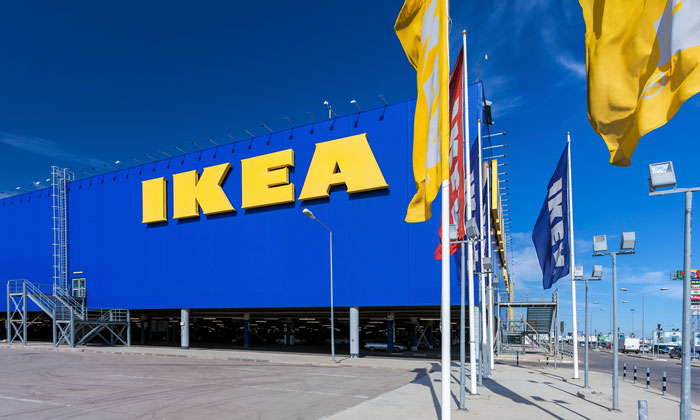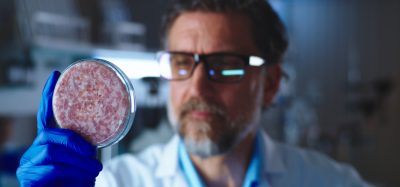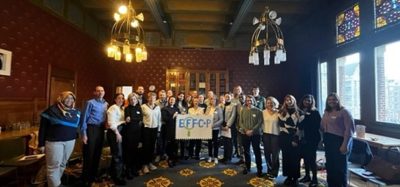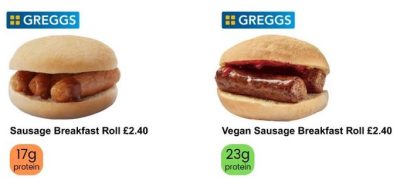IKEA launches chicken welfare programme
Posted: 11 January 2018 | George Smith (New Food) | 1 comment
Better known for its furniture, IKEA has a growing food services branch. Now it has announced a series of programmes aimed at sustainably sourcing the ingredients that go into the products it sells.


SUSTAINABLE SOURCING: IKEA's programme is set to be wheeled out across all the meat and poultry it sources
IKEA Food Services has developed the Better Chicken Programme, one of a series of schemes targetted at creating more sustainable agriculture for all major animals in its food supply chain.
Through the Better Chicken Programme, IKEA Food aims to ensure broiler chickens are raised in accordance with criteria that promote better welfare such as adequate space (max 30 kg/m2), lighting, enrichment and breeds with improved health outcomes. They work towards responsible use of antibiotics and address key environmental impacts such as deforestation and pollution from manure.
The programme’s criteria are to be implemented in two stages based on feasibility – certain criteria have a 2020 deadline, and final compliance with the Better Chicken Programme is expected by 2025.
“Following two years of research and development, I’m delighted we now are sharing the Better Chicken Programme, the first of our sustainable agriculture initiatives for farm animals, which demonstrates our commitment to driving positive change in the food industry.” said Jacqueline Macalister, Health & Sustainability Manager, IKEA Food Services AB.
The IKEA Food Better Programmes are global, developed with input from experts, NGOs and suppliers. The aim is to work towards sourcing of all species – chickens, laying hens, pigs, salmon, beef and dairy cattle – to be compliant by 2025.
Øistein Thorsen, Director of the Food animal initiative (FAI) added: “IKEA Food’s Better Programmes represent holistic and ambitious improvement plans for all species in their food supply chain, designed to promote animal-centred and regenerative farming systems. FAI is proud to have been working alongside IKEA Food the last two years to ensure the programmes are routed in science and agricultural best practice, while also being shaped by key stakeholder’s views. By focusing on the whole challenge we face, we believe this approach can help enable the shift toward a more sustainable food system.”










Dr. Macalister, I agree with you for your new target in the food safety. I think that a new approach, during growing and processing food’s products, with “new” effective disinfectant products, could improve safety (animals and food) and decrease antibiotic use and over all, preserve human and environment safety.